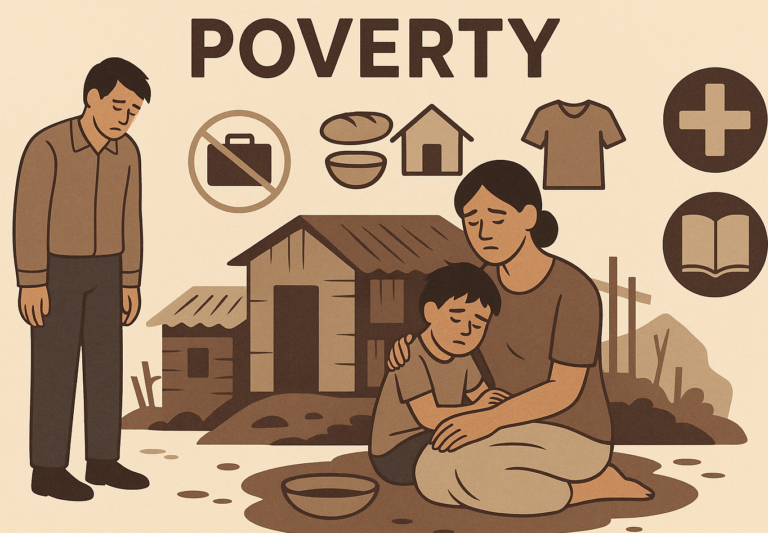What is Federalism in India?
Federalism is a system of government where power is divided between a central government and regional governments (in India, these are the states and union territories). This system allows for a balance of power, so that neither the central government nor the state governments become too powerful.
In India, federalism means that the Central Government (based in New Delhi) and State Governments (based in their respective capitals) share authority over different areas. This helps manage the country’s large and diverse population and provides flexibility in governance.

Key Features of Federalism in India
- Division of Powers
- The Constitution of India divides the powers between the Central Government and the State Governments through the Union List, State List, and Concurrent List.
- Union List: The Central Government has the authority to make laws on subjects like national defense, foreign affairs, and currency.
- Example: Issues like national security, foreign relations, and defense are handled by the Central Government.
- State List: The State Governments have the authority to make laws on matters that affect only their respective states, such as education, police, and local matters.
- Example: Issues like law and order, agriculture, and health are under the control of state governments.
- Concurrent List: Some subjects are shared by both the Central Government and State Governments, and they can both make laws on these matters.
- Example: Issues like education, forest management, and marriage laws are shared by both levels of government.
How Does Indian Federalism Work?
- Central Government’s Power
- The Central Government has the power to make laws on topics of national importance, like defense, foreign policy, and banking.
- It can also override state laws on certain matters under the Concurrent List if there is a conflict. This means that if a law passed by the state contradicts a law passed by the center, the central law will prevail.
- State Governments’ Power
- The State Governments have the power to manage local issues and policies, such as education, local taxes, and police forces.
- They can make laws for their own state in areas listed in the State List, and their laws cannot be overridden by the Central Government in these areas.
- Role of the Constitution
- The Indian Constitution is the foundation of Indian federalism. It clearly divides the powers between the Union Government and the State Governments.
- The Constitution also provides for a Governor in each state who acts as the representative of the President of India at the state level. The Governor has some special powers but generally acts on the advice of the Chief Minister and the State Cabinet.
How is Balance Maintained Between the States and the Central Government?
- Centre-State Relations
- Cooperative Federalism: The Constitution encourages cooperation between the Central Government and the State Governments. Both levels of government work together to make policies and solve national problems.
- Conflict Resolution: In case of conflicts, the Supreme Court of India can step in to interpret the Constitution and settle disputes between the Centre and States.
- National Emergency:
- The Central Government can declare a National Emergency in case of war, external aggression, or internal disturbances. During such an emergency, the central government can take control over matters normally under state jurisdiction. This increases the central government’s powers temporarily.
- Financial Relations
- The Central Government has control over financial resources. It collects major taxes like income tax and custom duties. However, it shares part of this revenue with states through the Finance Commission.
- States receive funds through grants, loans, and the distribution of taxes collected by the Central Government. This ensures that states have enough money to run their services.
- Special Provisions for Some States
- Some states like Jammu and Kashmir (until its revocation of special status in 2019) and Northeastern states have special provisions under the Constitution. This allows them more autonomy in certain matters and helps accommodate their unique needs and conditions.
Advantages of Federalism in India
- Unity in Diversity:
- India is a diverse country with different languages, cultures, religions, and regions. Federalism helps manage this diversity by giving states the power to make decisions that are best suited for their local needs.
- Flexibility:
- States can make their own laws on local issues without interference from the central government. This allows for more efficient governance on topics like health, education, and agriculture.
- Checks and Balances:
- The system of federalism helps prevent the Central Government from becoming too powerful, as states can challenge its decisions in court or refuse to follow certain policies.
- Development at the Local Level:
- States can focus on their specific developmental needs, like improving infrastructure, health services, and education in their regions.
Challenges in Federalism
- Centralization of Power:
- Sometimes, the Central Government can become too powerful, and states may feel that their rights are being ignored. For example, the central government might impose laws that interfere with a state’s ability to make decisions.
- Financial Dependence:
- States often depend on the Central Government for financial aid. This can create an imbalance where the central government has more control over states because of the financial resources it controls.
- Disputes Over Resources:
- There are frequent conflicts between states and the center over sharing of resources, like water from rivers or financial resources. This can lead to tensions and disputes.
Summary:
- Federalism in India is about dividing power between the Central Government and State Governments.
- The Central Government controls national issues, while State Governments handle local matters.
- Cooperative federalism ensures that both levels of government work together to solve problems.
- The Indian Constitution provides a clear division of powers and helps balance the relationship between the central and state governments.
This system allows India to manage its diverse population and vast geography, while ensuring that both central and regional interests are represented in governance.











